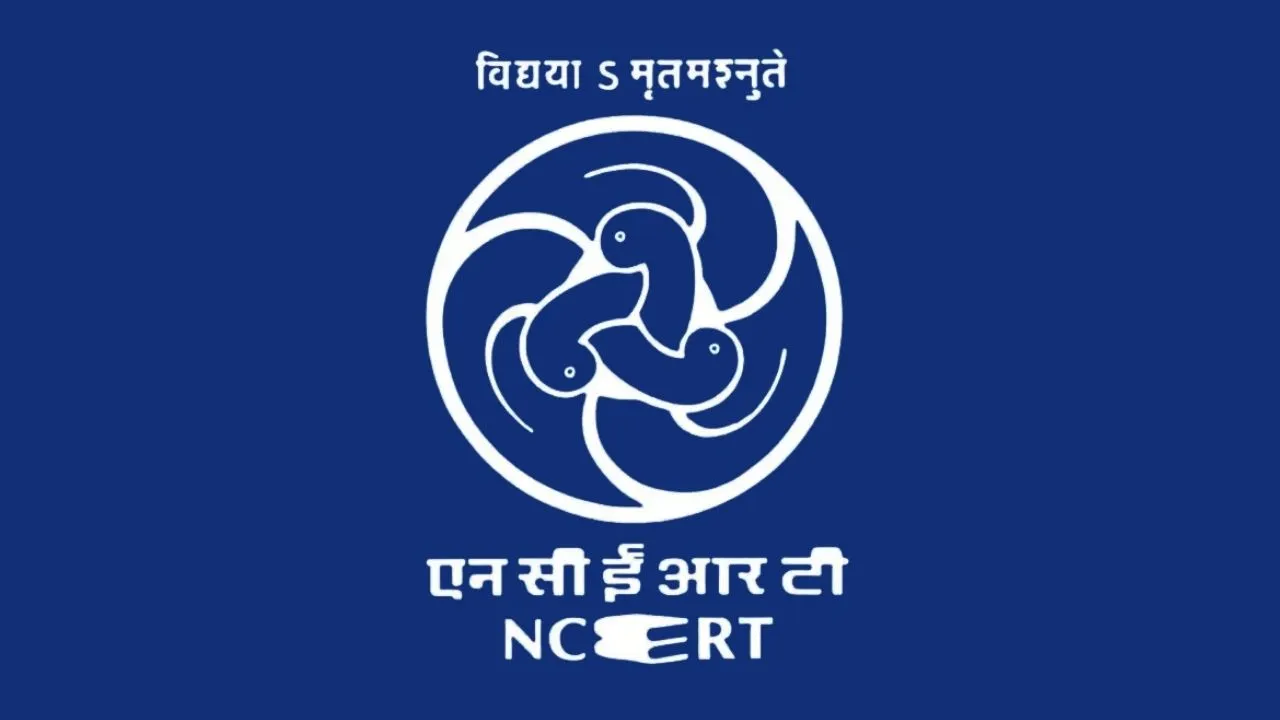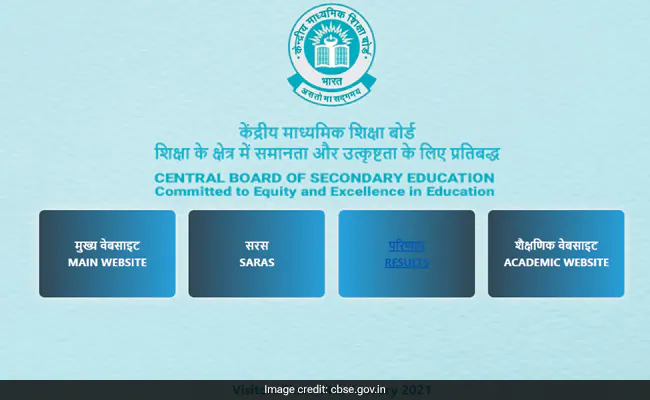CBSE Circular 2025: Guidelines Issued for Language Instruction Under NCF in Foundational and Preparatory Stages
CBSE Board has issued a notice related to the implementation of language instruction as per the National Curriculum Framework for School Education (NCF) 2023, which all students and teachers should know about.
This blog post will tell you the complete details about the new guidelines that affect language learning at the foundational and preparatory levels in schools. That is why all teachers and students should read this blog post till the end and share it with their friends or students.
What are the new CBSE language instruction guidelines under NCF 2023?
CBSE has directed all affiliated schools to follow the NCF-2023 language education provisions from the academic session 2025–26. These guidelines focus on using the mother tongue, home language, or a familiar regional language as the medium of instruction (MoI) in early classes. This move supports the vision of the National Education Policy (NEP) 2020, which promotes a multilingual, inclusive, and culturally rooted education system.
CBSE Circular 2025 – Key Guidelines at a Glance
| Topic | Important Details |
|---|---|
| Circular Title | Implementation Guidelines for Language Instruction under NCF 2023 |
| Issued By | Central Board of Secondary Education (CBSE) |
| Circular Number | Acad-30/2025 |
| Date of Circular | 22 May 2025 |
| Implementation Start | July 2025 |
| Target Stages | Foundational (Pre-primary to Grade 2) and Preparatory (Grades 3 to 5) |
| Primary Language (R1) | Child’s mother tongue, home language, or familiar regional language |
| Secondary Language (R2) | Introduced gradually through spoken interaction |
| Medium of Instruction (MoI) | R1 until literacy is attained in another language |
| Textbook Resources | Jadui Pitara (for Balvatika), NCERT books (Grades 1–5) |
| Textbook Languages | Hindi, Urdu, English (print); other Indian languages (digital) |
| Special Needs Provision | Extra time, scribes, exemption from 2nd/3rd language as per RPWD Act 2016 |
| NCF Implementation Committee | Must be formed by end of May 2025 in all schools |
| Teacher Training Deadline | Before July 2025; must focus on multilingual pedagogy |
| Progress Reports | Mandatory monthly reports from July 2025 via Google Form link |
| Monitoring | Academic observers may visit schools for support and compliance |
What will change in the Foundational Stage?
The Foundational Stage includes Pre-primary to Grade 2 (ages 3 to 8). At this level:
- The primary language (R1) used for teaching must be the child’s home language or a regional language familiar to the child.
- If the child’s mother tongue is not available due to practical limitations, the State Language may be used.
- All teaching—including reading, writing, and other subjects—should be done in R1 until the child becomes fluent in another language.
- Children will be gradually introduced to a second spoken language (R2).
- By the end of this stage, students should be able to read fluently in R1, comprehend texts, and write simple sentences in R1.
What learning materials and resources will be used?
- For Balvatika (pre-primary), schools are encouraged to use Jadui Pitara and E-Jadui Pitara, which are available in multiple Indian languages.
- For Grades 1 and 2, NCERT textbooks will be used. These are available in Hindi, Urdu, and English in print, and in other Indian languages online at ncert.nic.in.
- Schools must follow NCERT’s guidance while using these materials.
What are the rules for the Preparatory Stage?
The Preparatory Stage covers Grades 3 to 5 (ages 8 to 11). During this stage:
- Students should continue learning through R1, unless they are ready to shift to R2 as the medium of instruction.
- Every school must offer at least one Indian native language as a medium of instruction.
- Learners will develop oral fluency, comprehension, writing skills, and vocabulary in both R1 and R2.
- Teaching methods should include multilingual strategies, translation, and vocabulary comparisons between R1 and R2.
- NCERT books and digital resources will be the primary learning tools.
What support will be given to children with special needs?
CBSE has also addressed the needs of children with disabilities, in line with the Rights of Persons with Disabilities Act, 2016. Such students may receive:
- Extra time during exams
- Facility of scribe or helper
- Exemption from second or third language learning
What is the implementation timeline for schools?
To ensure smooth rollout, CBSE has shared a clear action plan:
- Schools must form an NCF Implementation Committee by end of May 2025.
- They must complete the mapping of students’ mother tongues and realign curriculum by end of the summer break.
- Teacher training on multilingual pedagogy must be finished before classes begin.
- Implementation will start in July 2025. Schools needing extra time can request it but must not delay implementation indefinitely.
- Schools must submit monthly progress reports starting 5th July 2025 at this link.
- Academic observers may visit schools to offer guidance and ensure compliance.
Why is this CBSE circular important?
This circular brings a major shift in language teaching by rooting it in the child’s cultural and linguistic context. It aims to enhance learning outcomes, improve literacy and comprehension, and foster inclusiveness in classrooms. CBSE has emphasized that this is not just a curriculum change, but a commitment to India’s linguistic diversity and equity in education.
Official CBSE Circular on Implementation Guidelines for Language Instruction under National Curriculum Framework for School Education-2023 for Foundational and Preparatory
CBSE Circular No. Acad-30/2025
We hope this report helped you understand the CBSE’s new language instruction guidelines under NCF 2023. Stay connected with our blog for more verified education updates.




